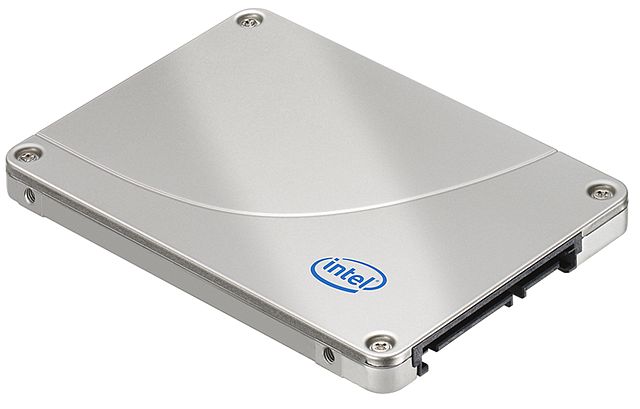In every spilled cup of coffee lies potential for destruction and an expert ability to wipe a laptop’s memory from existence. That’s where external storage comes in. External drives allow people to keep backups of all their photos, videos and documents without taking up any extra space on the computer. With so many options on the market, here’s how to choose one.
SSD or HDD?
The first step is to choose between the two main types of external storage devices — solid-state drives (SSDs) and hard disk drives (HDDs), also simply called hard drives. Both are extremely popular, with 34% of surveyed participants in Finland relying on external storage devices for their phones. Though cloud storage has become more popular in recent years, there’s still a place for physical drives.
Hard Disk Drive
A hard disk drive is the most common form of external storage device. It contains moving electromechanical parts coated in a magnetic material to read and write information. Like a record player, an HDD has flat, rotating disks made of metal or glass. A small mechanical arm with magnetic heads reads and writes data on the disks.
Because of the moving parts, a hard drive is more fragile than an SSD. Bumping or dropping it can damage the internal mechanism and compromise a person’s data. Hard drives are also slower, heavier and bulkier than solid-state drives, but they’re generally cheaper.
Solid-State Drive
A newer form of external storage is the solid-state drive. Instead of moving parts, an SSD contains a controller chip and a flash memory chip that stores data. The controller chip manages the data and communicates with the device using the SSD.
Solid-state drives are smaller, faster and more durable than HDDs because they don’t contain moving parts. They’re also quieter and consume less energy. However, they’re typically more expensive and can’t store as much data as a hard drive.
What to Look for in an External Storage Device
After choosing between an SSD or HDD, there are several other important considerations for external drives.
Storage Capacity
How much data can the storage device hold? Depending on how many files a user needs to back up, they may want more space than an SSD can provide.
Solid-state drives typically hold around 500 GB, but the largest one on the market stores an eyewatering 100 TB. That’s an extreme exception to the rule. In general, hard disk drives hold more data, but the largest one as of 2022 can store 22 TB.
Security
External storage drives are a crucial component of document and records management, meaning they can store some critical data. Some external drives come with inborn security features like software and hardware encryption, fingerprint recognition and password protection. Generally, SSDs are safer than HDDs because they don’t contain moving parts, making them better able to withstand shocks, vibration, magnetic fields and accidental drops.
Read/Write Speed
The speed at which an external drive can retrieve and store new data is called read/write speed. A 7200 RPM (rotations per minute) hard disk drive averages around 80 to 160 MB per second. A typical solid-state drive can retrieve data at around 300 MB to several thousand MB per second. For users looking for sheer speed, SSDs are the clear winner.
System Compatibility
Most external storage devices are designed to work on a specific operating system. In other words, you can’t buy a Mac hard drive and expect it to work on a PC. Although it is technically possible to reformat an external drive to work on a different system, the easiest route is to buy the correct one in the first place.
Choosing a Storage Device
People looking for an external storage device must choose between hard disk drives or solid-state drives. Then, the most important factors to consider are system compatibility, security, read/write speed and storage capacity. There are many storage devices on the market, so there’s a perfect one for every user.





